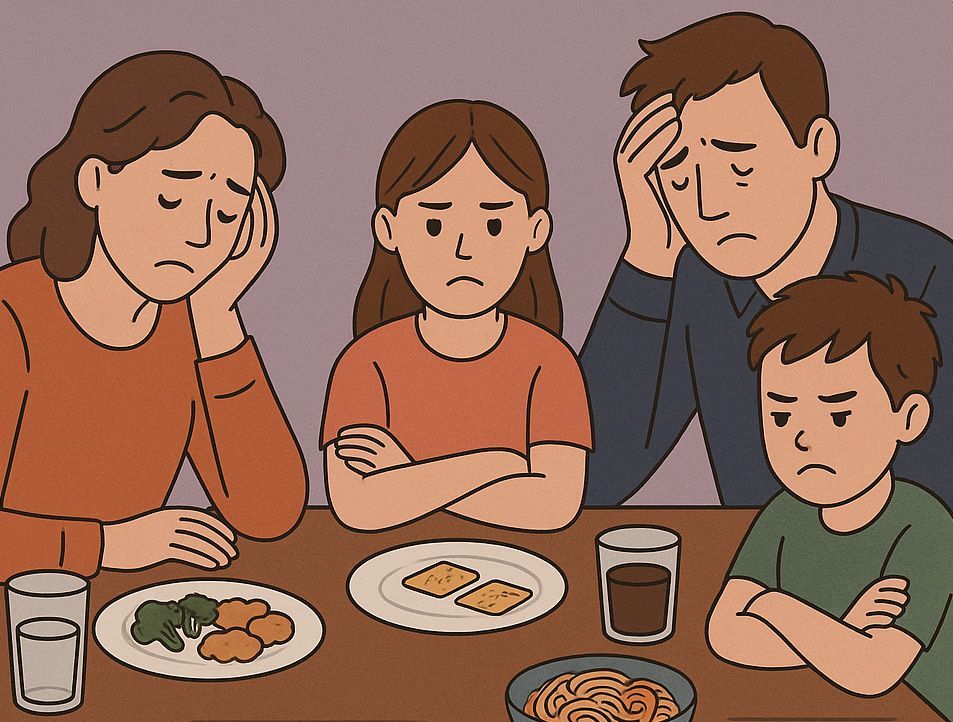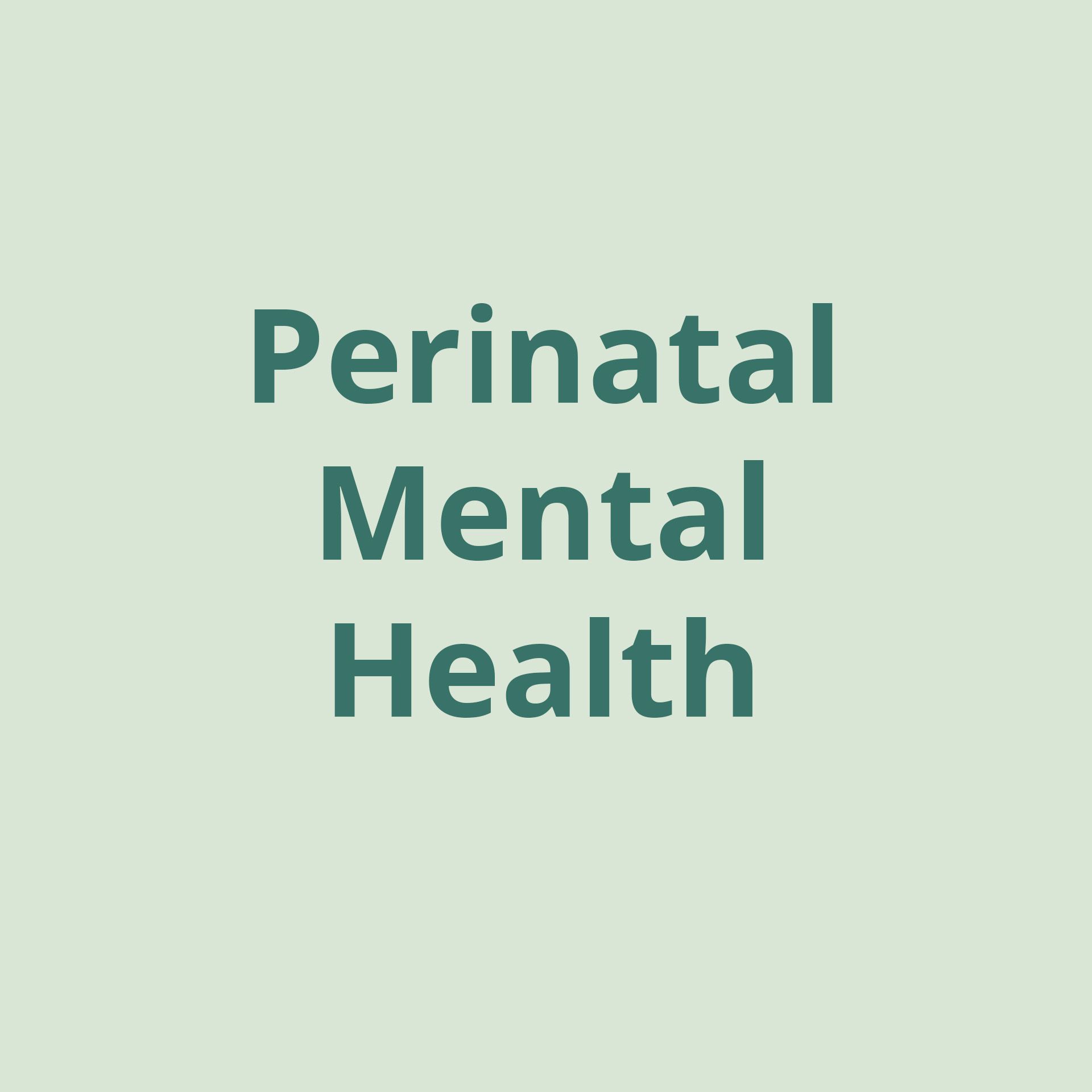The Impact of Pregnancy Complications on Perinatal Mental Health

By Thrive Wellness Reno’s Director of Perinatal Psychiatry, Andrea Thompson, APRN, FNP-C, PMHNP-BC
While the majority of pregnancies are without complications, pregnancy abnormalities do occur and may be mental or physical in nature. Common complications can include hypertension, preeclampsia, and perinatal mood and anxiety disorders (PMADs) . Even if a pregnancy complication isn’t a mental health condition, it can still have spiraling effects on mental well-being both during pregnancy and postpartum. The potential harm associated with pregnancy compilations can make an emotionally turbulent time even more challenging for parents to navigate. Just as prenatal care can help reduce some of the risks of developing pregnancy complications, seeking mental health support can help guide expecting parents in processing their pregnancy experience and any challenges they face along the way.
DEPRESSION AND ANXIETY
Under the umbrella of PMADs , depression and anxiety are among the most common mental health complications of pregnancy. According to the National Institutes of Health (NIH) , up to 13% of women in the U.S. experience symptoms of depression after childbirth. Additionally, up to 43% of moms who struggle with depression during their pregnancy or postpartum periods also experience co-occurring anxiety.
Risk factors for experiencing depression or anxiety during pregnancy may include:
- A personal or family history of depression or anxiety
- Being a young parent
- Being a single parent
- Lack of social or financial support
- Pregnancy complications
- Relationship struggles with significant other
Symptoms of depression during pregnancy may include:
- Difficulty concentrating
- Feeling sad, hopeless, worthless, apathetic
- Inability to find enjoyment in activities one previously enjoyed
- Thoughts of suicide
Symptoms of anxiety during pregnancy may include:
- Irritability
- Muscle tension
- Restlessness
- Uncontrollable worry
Depression and anxiety are some of the most treatable pregnancy complications. Through therapeutic support, such as that offered by perinatal mental health specialists , expecting and postpartum parents can discover the root causes of their depression and anxiety while learning healthy, effective coping strategies for their mental health symptoms.
HYPERTENSION
High blood pressure, also referred to as hypertension, can cause increased pressure in the arteries. In a pregnant person, elevated blood pressure can restrict blood flow to the fetus, which can increase the risk of preterm labor and preeclampsia. According to the CDC , among women aged 20 to 44, high blood pressure happens in one in every 12 to 17 pregnancies.
Circumstances that may play a role in whether or not a person will develop elevated blood pressure include:
- First pregnancy
- Lifestyle, including the way one nourishes their body and their level of physical activity
- Older than age 35
- Pregnant with multiples
- Substance use, including smoking and drinking alcohol
- Use of fertility treatments
Symptoms of hypertension include:
- Cold, clammy skin
- Faintness
- Headache
- Nausea
By working closely with one’s healthcare provider, high blood pressure can be managed throughout a person’s pregnancy and the baby can be born healthy. Elevated blood pressure is also associated with stress, so mindfulness strategies , such as breathing practices, meditation, and yoga can help promote healthy blood pressure.
GESTATIONAL DIABETES
Gestational diabetes occurs when diabetes that had not previously been a factor develops during pregnancy. Up to 10% of pregnancies are affected by gestational diabetes.
Risk factors for gestational diabetes include:
- Family history or cultural prevalence of diabetes
- Pregnant with multiples
- Older than 25
Potential medical risks of gestational diabetes include:
- Preeclampsia
- Hypertension
- Cesarean delivery
- Preterm birth
Often, gestational diabetes doesn’t cause any noticeable symptoms, so healthcare providers must test for the condition. With the oversight of a physician or midwife, and often with the help of nutritionists, gestational diabetes can be effectively managed through medication as well as guidance on movement and nourishment.
PREECLAMPSIA
Closely associated with hypertension, preeclampsia is a serious pregnancy complication that can disrupt the functioning of all the body’s organs including the kidneys, liver, lungs, and brain. Those with preeclampsia face an increased risk of giving birth early and losing their pregnancies. According to the CDC , preeclampsia occurs in 1 in 25 pregnancies in the U.S.
While the direct cause of preeclampsia is unknown, there are several risk factors including:
- Elevated blood pressure
- First pregnancy
- History of preeclampsia
- Pregnant with multiples
Preeclampsia most commonly happens during first pregnancies, but a person who developed preeclampsia in a previous pregnancy is seven times more likely to experience the condition in subsequent pregnancies, according to the NIH .
Symptoms of preeclampsia include:
- Changes in vision, such as blurry or spotted vision
- Constant headache
- Difficulty breathing
- Nausea or vomiting in later trimesters
- Pain in the upper abdominal region
- Sudden weight gain
- Swelling of the face or hands
When preeclampsia affects brain function by causing seizures or coma, the condition is known as eclampsia. Preeclampsia can also occur after giving birth, usually between 48 hours and 6 weeks following delivery.
According to the NIH , every year, preeclampsia and eclampsia cause 50,000 to 75,000 maternal deaths worldwide. While preeclampsia can be life-threatening for the parent and baby, those diagnosed with preeclampsia can fully recover and have healthy babies with treatment and close monitoring from their healthcare providers.
PRETERM LABOR
Preterm labor occurs when labor begins before 37 weeks gestation. According to the CDC , in 2020, one out of every 10 infants were born prematurely. In the final months and weeks of pregnancy, babies are still reaching important milestones. Their brains, lungs, and livers are still developing in the womb. Babies born early face an increased risk for birth defects , including problems breathing, feeding, seeing, and hearing. Additionally, preterm labor can also cause infant death , with 17% of infant deaths associated with preterm birth, according to the CDC . As with preeclampsia, the causes of preterm labor are largely unknown, but there are certain risk factors.
Risk factors of preterm birth include:
- Family or personal history of preterm labor
- Hypertension
- Infections, including urinary tract infections and sexually transmitted infections
- Large uterus
- Preeclampsia
- Pregnant with multiples
- Previous history of preterm births
- Substance use, including smoking and drinking alcohol
- Use of fertility treatments
- Younger than 20 and older than 35
Because preterm labor isn’t well understood, it’s difficult to fully mitigate one’s risk of giving birth prematurely. However, seeking early prenatal care that continues throughout pregnancy can help monitor and address any factors that may lead to preterm birth.
PREGNANCY LOSS
Pregnancy losses that occur before 20 weeks are usually referred to as miscarriages, while those that occur after 20 weeks are called stillbirths. For women with confirmed pregnancies, research shows that the miscarriage rate is between 10 and 20%. In the U.S., 1 in 100 pregnancies ends in stillbirth, according to the CDC .
No matter when a pregnancy loss takes place, it can be a tragic, distressing, and mournful loss for parents. A study published in the British Journal of Psychiatry found that 15 percent of the women participants who experienced miscarriages also struggled with depression and anxiety in the years that followed. Another study published in the Journal of Child Psychology and Psychiatry found that infants born after a stillbirth exhibited disorganized attachment behavior . In other words, as parents come to terms with their perinatal loss, they may struggle to bond with their other children.
PREGNANCY COMPLICATIONS AND PERINATAL MENTAL HEALTH
As parents prepare their lives for a new baby, they may experience shifts in their mental health. Whether physical or mental in nature, pregnancy complications can inject even more distress into their perinatal experience as parents navigate medical appointments, endure additional testing, and encounter unknowns. Many parents facing pregnancy concerns keep their struggles private and continue to attend to their professional, family, and social obligations — a pattern of behavior that can promote feelings of isolation.
Pregnancy challenges can and often do impact parents’ postpartum experience as well. Experiencing depression and anxiety during pregnancy puts parents at a greater risk for developing PMADs after giving birth.
THERAPEUTIC SUPPORT FOR THOSE FACING PREGNANCY COMPLICATIONS
For those facing pregnancy complications, therapy can provide compassionate support, validation of experiences, and a safe environment to express and process fluctuating emotions. Medication can also help treat mental health struggles associated with pregnancy concerns for some individuals. Further, open communication channels between a person’s OBGYN or midwife and their mental health treatment team can ensure targeted, well-rounded care.
NURTURING CARE FOR EXPECTING PARENTS
When seeking professional mental health support related to pregnancy complications, parents may consider speaking with a perinatal mental health therapist who can offer a specialized perspective that’s intimately aware of many of the concerns faced by parents who are pregnant or have new children. At Thrive Wellness, our perinatal health experts specialize in perinatal mental, physical, and behavioral health care. Together, they collaborate on your care so that you feel supported through any pregnancy challenges. Reach out to learn more about our perinatal health services as they vary by location.
About the Author
Thrive Reno’s Director of Perinatal PsychiatryAndrea Thompson, APRN, FNP-C, PMHNP-BC
Andrea Thompson, APRN, FNP-C, PMHNP-BC is a Nurse Practitioner whose background has stemmed in primary care, primarily working with under-served and under-insured populations. After several years in family practice, she completed a Post Master’s certification as a Psychiatric Mental Health Nurse Practitioner. In early 2019, she started a program the first of its kind in Northern Nevada to integrate mental health services into a women’s health/OBGYN practice where she had a focus on perinatal mood and anxiety disorder diagnosis and treatment which solidified her passion for Perinatal/Reproductive Psychiatry. She has also completed certificate training with Postpartum Support International. As a postpartum depression survivor herself, she has a passion for helping other women throughout their journey to mental wellness. She and her husband moved to the Reno area several years ago from Seattle, WA to settle into a place to raise their family; they have three young boys. Aside from spending time with her family outdoors, Andrea is also active in the efforts to improve the sexual health education offered to the youth in our community as well as advocating at the state level to support Nurse Practitioner autonomy and Maternal Mental Health.
The post The Impact of Pregnancy Complications on Perinatal Mental Health first appeared on Thrive Wellness.








